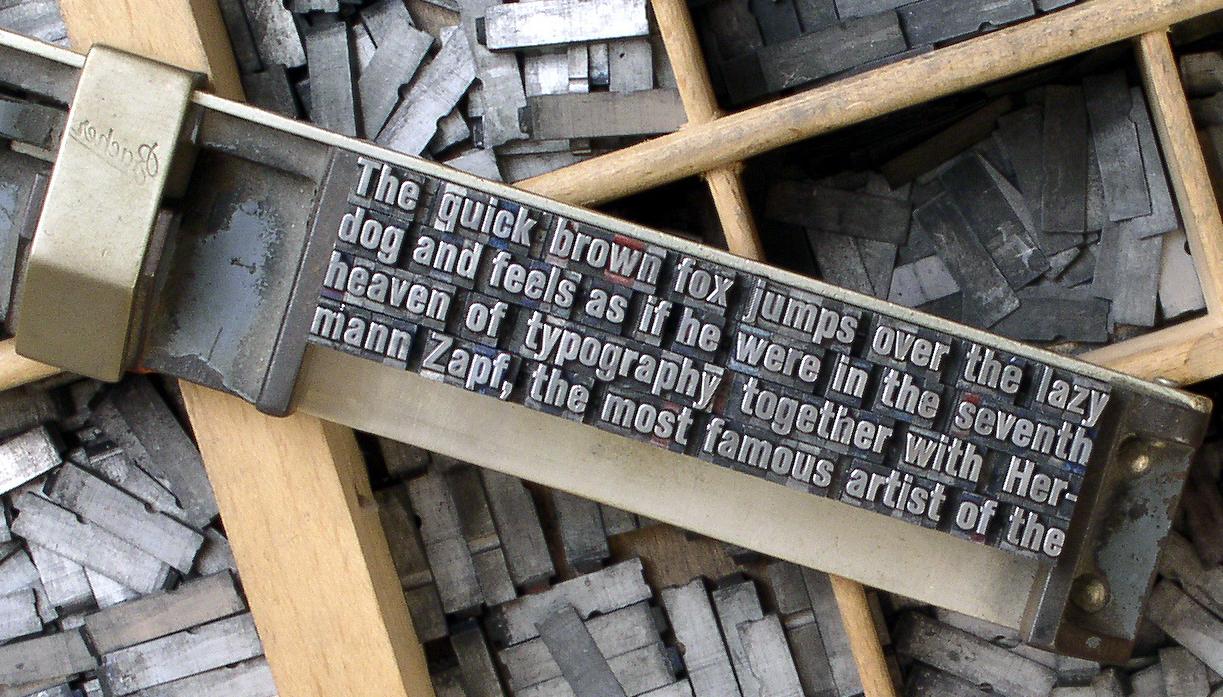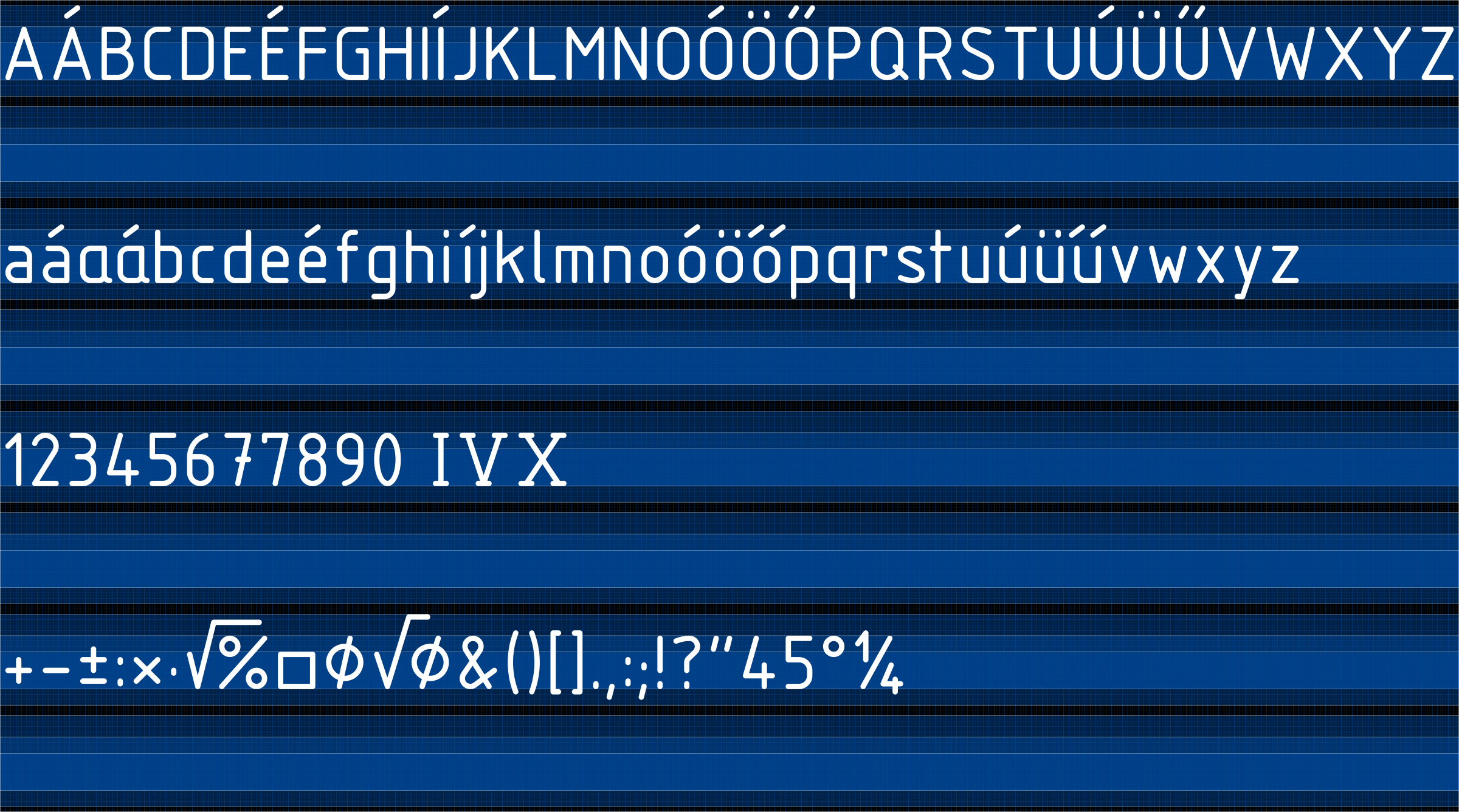It is related to the technical drawing templates extravaganza topic.
Trying to produce a public domain font up with the ISO3098 requirements -the standardised font for technical drawings.
Now you may ask why?
For technical drawings it is advised to follow some standards. Not that there aren't better suited fonts for your like and drafting works, but to keep a common ground. It is conventional to use one font to communicate the information in the clearest form.
This font is specified by a proprietary standard. You can buy a pricy copy of it to know what to follow.
The standard is distributed by ISO - International Organization for Standardization. Here is a link for one of their stores.
There are some pirate copies surfacing the interwebs here and there. Could find parts in North-Korean language or Italian but as they are illegal they are probably temporary "leaks".
That's much about it.
Since they are proprietary, and are not offering a font but a directive, there is not much to work with.
First, there are a few font versions already available however they are not "free" as they could be, nor complete or precise in a pedantic way.
The most commonly suggested equivalent is isocpeur.
In its font info it says
Copyright 1997,1998 Autodesk Inc. All rights reserved.
An autodesk developed font to be used in autocad -and similarly it spread on.
Another equivalent is osifont
That font has a bit more description embedded in:
Created by
Zefram Cochrane,
hikikomori82 at G-mail.com,
with FontForge 2.0 (http://fontforge.sf.net)
Project hosted on:
http://code.google.com/p/osifont/
Distributed under GNU GPL licence version 3 with GPL font exception:
As a special exception, if you create a document which uses this font, and embed this font or unaltered portions of this font into the document, this font does not by itself cause the resulting document to be covered by the GNU General Public License. This exception does not however invalidate any other reasons why the document might be covered by the GNU General Public License. If you modify this font, you may extend this exception to your version of the font, but you are not obligated to do so. If you do not wish to do so, delete this exception statement from your version.
So it offers a way better licensing yet still there are some technical problems with it.
Other font I could find online was isonorm3098.
Copr.1993 Robert Kirchner
Then again, there is this svg at wikimedia commons -iso 3098 svg offered to the public domain.
So the basics are all there.
What is the problem with isocpeur and the rest?
They are good on the screen but not "perfect".
The standard specifies the letters as build up from strokes drawn with a technical pen on an imaginary grid.
That is, all end caps are rounded as opposed to the fonts where no circular arcs are used, probably for a better hinting.
In a cad software anti-aliasing is usually switched off by default so hinting should hardly be a requirement.
A centerline font option would be the best to have. May suv drop in with her addition to an inkscape extension, rendering text in iso3098 typefaces, like the Hershey text extension.
(Could not link the corresponding part of the manual here although it was embedded quite while...)
General intention is to have a most complete version that anyone can contribute to, wich suits drafting needs the best.
 This is a read-only archive of the inkscapeforum.com site. You can search for info here or post new questions and comments at
This is a read-only archive of the inkscapeforum.com site. You can search for info here or post new questions and comments at 




